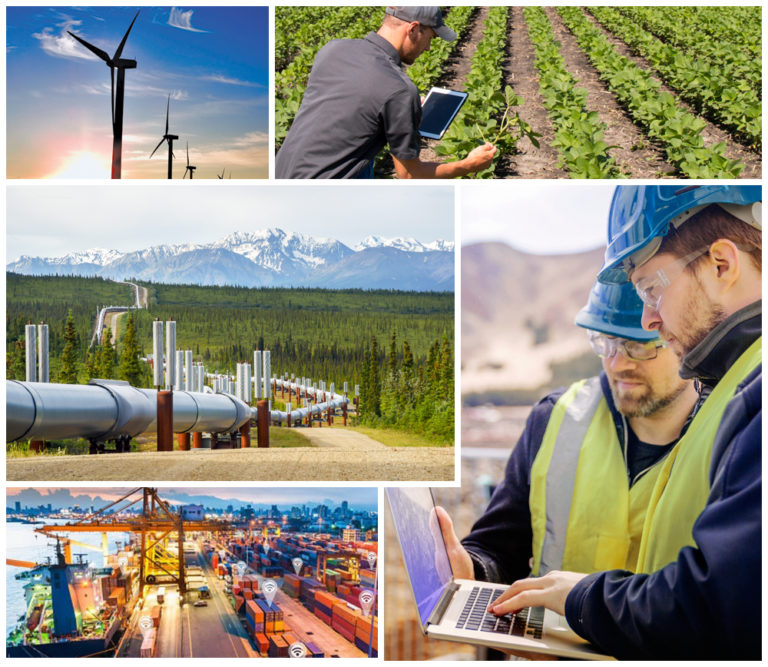The Intersection Of Civil Engineering And Internet Of Things (IoT) For Smart Infrastructure

Are you tired of dealing with outdated and unreliable infrastructure management systems? Do you wish there was a better way to keep track of your assets and optimize their performance? Look no further than the Internet of Things (IoT).
The Benefits of IoT Devices and Sensors
IoT devices and sensors are revolutionizing the way we manage infrastructure. By gathering and analyzing data in real-time, these devices allow us to make more informed decisions about maintenance, repairs, and upgrades. Here are just a few of the benefits:
- Improved Efficiency: IoT devices can detect issues before they become major problems, allowing for prompt repairs and minimizing downtime.
- Cost Savings: By optimizing asset performance, IoT devices can reduce maintenance costs and extend the lifespan of infrastructure systems.
- Enhanced Safety: IoT devices can monitor for hazards and identify potential safety issues before they cause harm.
- Better Decision-Making: With access to real-time data, infrastructure managers can make more informed decisions about when to repair or replace assets.
Overall, incorporating IoT devices and sensors into infrastructure management can lead to a more reliable, efficient, and cost-effective system.
Frequently Asked Questions
How do IoT devices and sensors work?
IoT devices and sensors gather data through various means, such as Bluetooth, Wi-Fi, or cellular networks. This data is then transferred to a central location, where it can be analyzed and acted upon in real-time. Some common types of IoT devices include:
- Smart Sensors: These devices can detect various types of data, such as temperature, humidity, and gas levels.
- RFID Tags: RFID tags can be used to track assets and their locations.
- Smart Meters: These devices can monitor energy consumption and help reduce waste.
What are some examples of how IoT devices are being used in infrastructure management?
IoT devices are being used in a variety of ways to improve infrastructure management. Here are a few examples:
- Transportation: IoT devices are being used to monitor traffic flow, detect accidents, and manage toll systems.
- Water Management: IoT devices can be used to monitor water usage and detect leaks in pipes.
- Energy: IoT devices can help utilities monitor energy usage and anticipate demand, reducing the risk of outages.
What are some challenges associated with implementing IoT devices?
While there are many benefits to using IoT devices in infrastructure management, there are also some challenges. Here are a few to consider:
- Cost: Implementing IoT devices can be expensive, especially for smaller organizations.
- Data Management: With so much data being generated, it can be challenging to manage and analyze it effectively.
- Security: IoT devices can be vulnerable to cyber attacks, so it is essential to implement strong security measures.
Conclusion
While there are certainly challenges to implementing IoT devices and sensors in infrastructure management, the benefits far outweigh the drawbacks. By improving efficiency, reducing costs, and enhancing safety, IoT devices can help create a more reliable and sustainable infrastructure system. So if you're tired of dealing with outdated and unreliable infrastructure management systems, consider incorporating IoT into your operations.
Thank you for taking the time to learn more about how IoT devices and sensors can improve infrastructure management!


Post a Comment for "The Intersection Of Civil Engineering And Internet Of Things (IoT) For Smart Infrastructure"